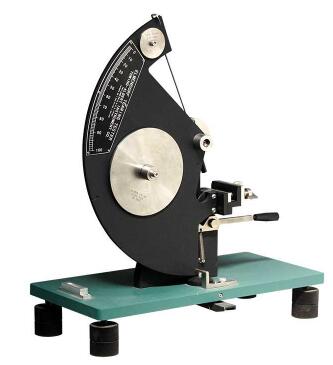
NewsInformation Center
Importance of Tearing Strength in Material Testing
2023/07/13
Tearing strength is an important mechanical property that is commonly measured in material testing. It refers to the amount of force required to tear a material apart, either along a pre-existing notch or in an unnotched condition. The tearing strength of a material can have significant implications for its performance and durability in real-world applications. Here are some reasons why tearing strength is important in material testing:


1. Product Quality: A material with high tearing strength is less likely to tear or fail during use, which can improve the overall quality and reliability of the products made from that material. This is especially important for materials used in applications where tear resistance is critical, such as in packaging or protective gear.
2. Safety: In some applications, tearing strength can be a matter of safety. For example, materials used in automotive airbags or parachutes must have high tearing strength to ensure that they can withstand the forces applied during deployment.
3. Manufacturing Efficiency: Tearing strength can also be used to optimize manufacturing processes. By measuring the tearing strength of a material, manufacturers can identify potential weaknesses or areas for improvement in the manufacturing process, and adjust the process to improve the tearing strength of the final product.
4. Material Selection: Tearing strength can be a key factor in material selection for specific applications. By comparing the tearing strength of different materials, engineers can select the most appropriate material for a given application, based on the required level of tear resistance.
5. Regulatory Compliance: In some industries, such as the medical device or aerospace industries, tearing strength may be subject to regulatory requirements. Testing for tearing strength can help to ensure that materials meet these requirements and are safe for use in these highly regulated industries.
In summary, measuring tearing strength is an important aspect of material testing, with implications for product quality, safety, manufacturing efficiency, material selection, and regulatory compliance. By understanding the tearing strength of materials, manufacturers and engineers can make informed decisions to optimize processes and ensure the safety and reliability of products.
Previous: Troubleshooting and Maintenance Tips for MFI Tester
N e x t : What are some common testing standards for UV aging tests?



